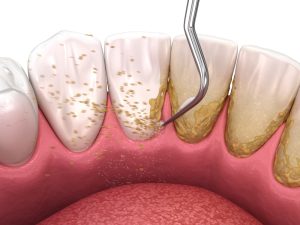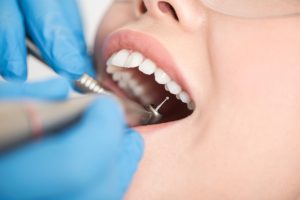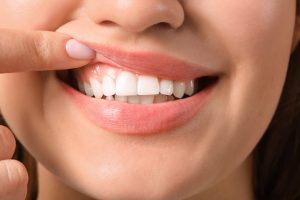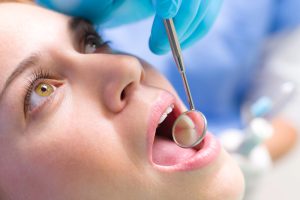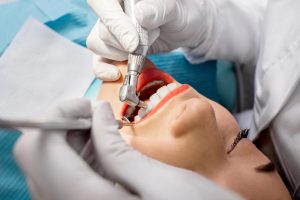Did you know that some of the most iconic personalities in history sported false teeth? From revolutionaries to entertainers, these figures managed to leave an indelible mark on the world, all while navigating the challenges and complexities of dental prosthetics. This fascinating aspect of their lives offers a unique lens through which to view their achievements and personas.
Historical Figures with Dental Prosthetics
Throughout history, many iconic personalities have faced dental challenges and resorted to using false teeth or dental prosthetics. This aspect of their lives often goes unnoticed, yet it played a significant role in their public appearances and personal comfort. From ancient civilizations to more recent times, the evolution of dental prosthetics has been a fascinating journey, reflecting not only advancements in medical science but also changes in societal attitudes towards dental health and aesthetics.
One notable aspect of this evolution is how it has impacted the lives of historical figures, enabling them to maintain their charisma and public image despite dental issues. The development of denture technology over the centuries has been remarkable, with early materials ranging from wood to animal teeth, and eventually to more sophisticated materials that mimic the appearance of natural teeth closely. For a deeper dive into this topic, consider exploring Revolutionizing Smiles: Denture Tech Evolution, which offers insights into how dental prosthetics have transformed over time, enhancing not only the smiles but also the confidence of individuals across different eras.
Celebrities Known for Their False Teeth
In the glamorous world of Hollywood and beyond, several iconic personalities have been known to enhance their dazzling smiles with the help of false teeth. This revelation might come as a surprise to many, considering the flawless images these celebrities present on the big screen and in public appearances. From legendary actors of the golden era to contemporary stars, the use of dentures has been a well-kept secret in the entertainment industry. These celebrities, despite their varied reasons for opting for false teeth, have continued to captivate audiences worldwide with their talent and charisma, proving that a perfect smile can indeed be a crafted masterpiece.
The journey towards achieving a picture-perfect smile is a personal one, and for those in the limelight, it’s often a necessary step to maintain their image and confidence. While the names of these celebrities might be surprising, their choice underscores the importance of dental health and aesthetics in everyone’s lives, regardless of their status. If you’re considering taking steps to enhance your own smile in the Hampton Roads area, Get Dentures in Virginia Beach could be your first step towards a radiant new you.
Politicians and Their Secret Dental Work
Throughout history, many iconic politicians have navigated the public eye with a secret hidden behind their confident smiles: false teeth and extensive dental work. The pressures of public appearances and the desire to maintain a strong, reassuring image have led numerous political figures to turn to dental solutions that could enhance their smile and, by extension, their public persona. This aspect of their personal care routine is often kept discreet, underscoring the importance of appearance in politics. The reliance on dental prosthetics or cosmetic dentistry reflects not only personal health choices but also the broader societal expectations placed on those in the spotlight.
Musicians Who Performed with Dentures
Throughout history, many iconic musicians have graced the stage, captivating audiences with their talent and charisma. Interestingly, a number of these legendary performers shared a common trait beyond their musical prowess: they performed with dentures. This fact might come as a surprise to many, as these artists were known for their powerful performances and commanding stage presence, not for the challenges they faced with their dental health. The use of dentures didn’t hinder their ability to deliver unforgettable performances, proving that talent and determination can overcome any obstacle. For those interested in learning more about dental care and services, Goyal Dentistry, a Virginia Beach Dentist, offers insights and professional care.
Athletes Sporting False Teeth Achievements
In the world of sports, where physical prowess and endurance are celebrated, there’s a lesser-known narrative that’s equally inspiring—the achievements of athletes with false teeth. These individuals have not only excelled in their respective sports but have also shattered stereotypes, proving that dental prosthetics are no barrier to reaching the pinnacle of athletic success. From scoring winning goals on the soccer field to breaking records on the track, these athletes have demonstrated remarkable resilience and determination. Their stories serve as a testament to the fact that with passion and perseverance, overcoming physical challenges to achieve greatness in the world of sports is indeed possible.
Conclusion
Discover what others are saying about iconic personalities by reading reviews on Google Maps. For more intriguing stories, call us at 757-427-0695.


